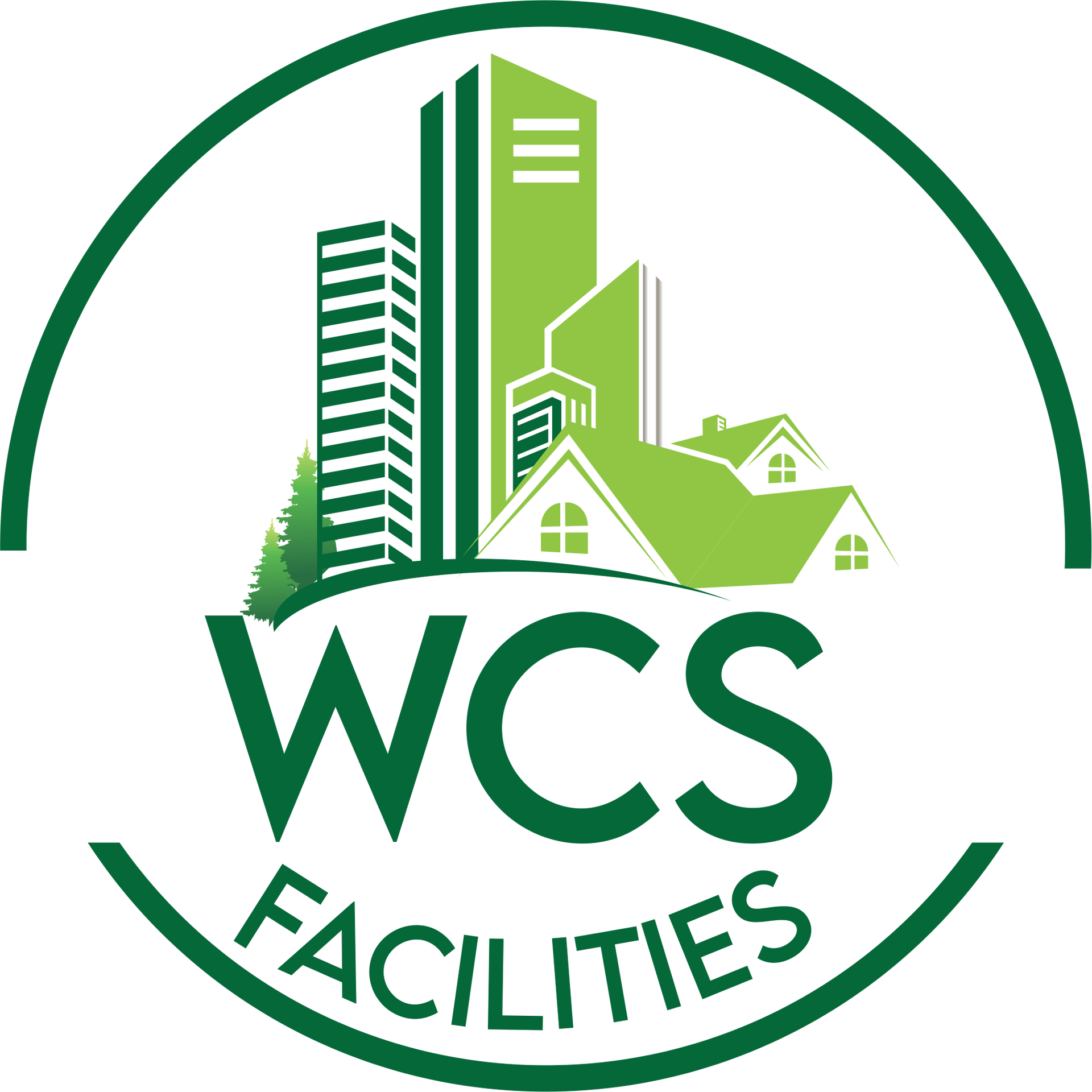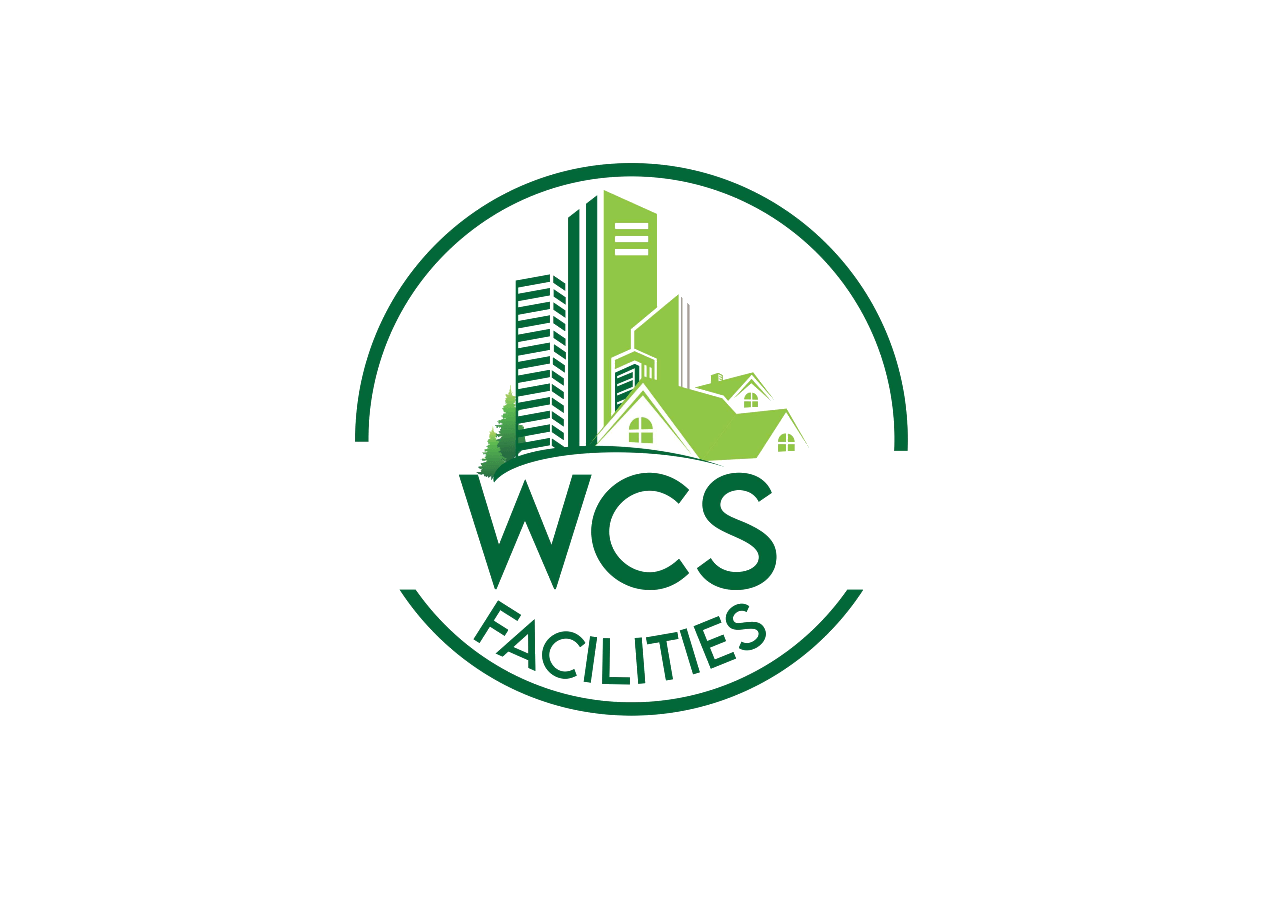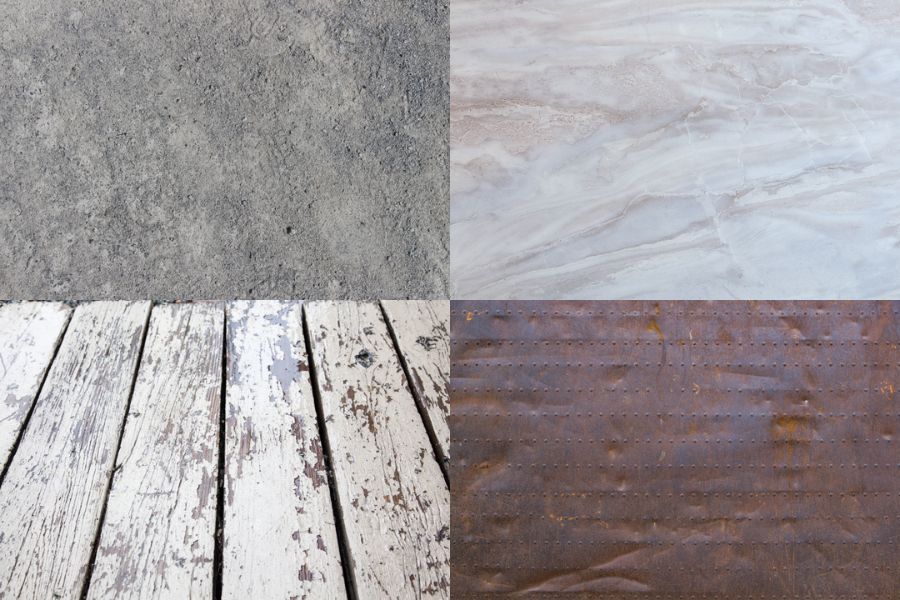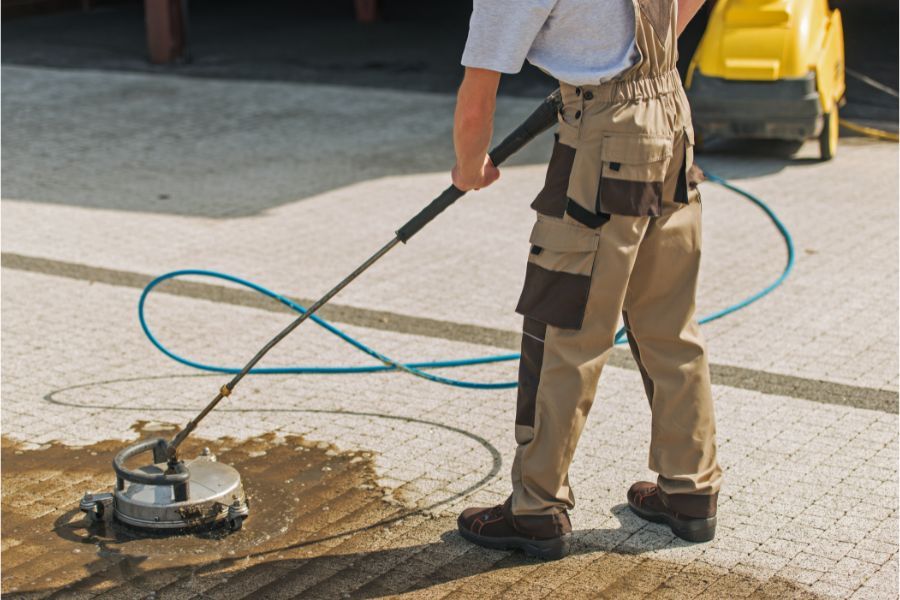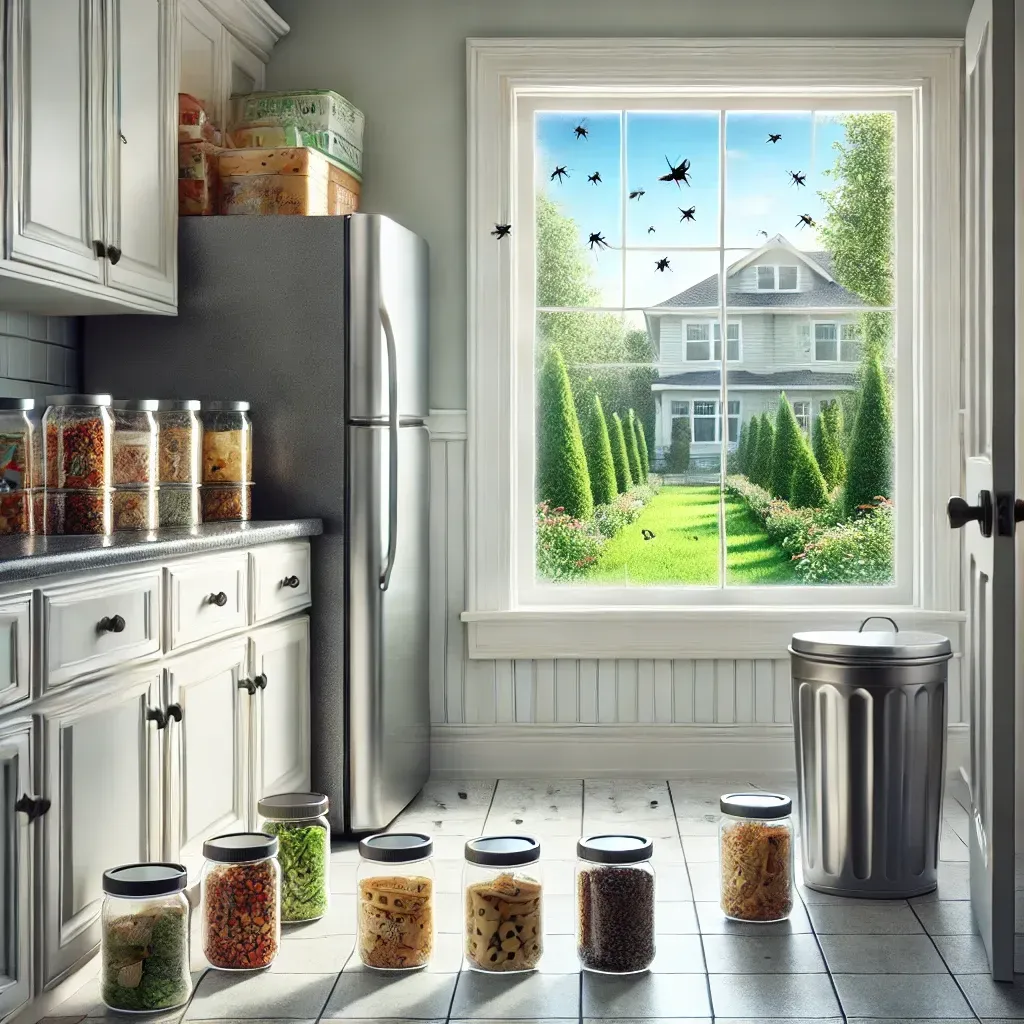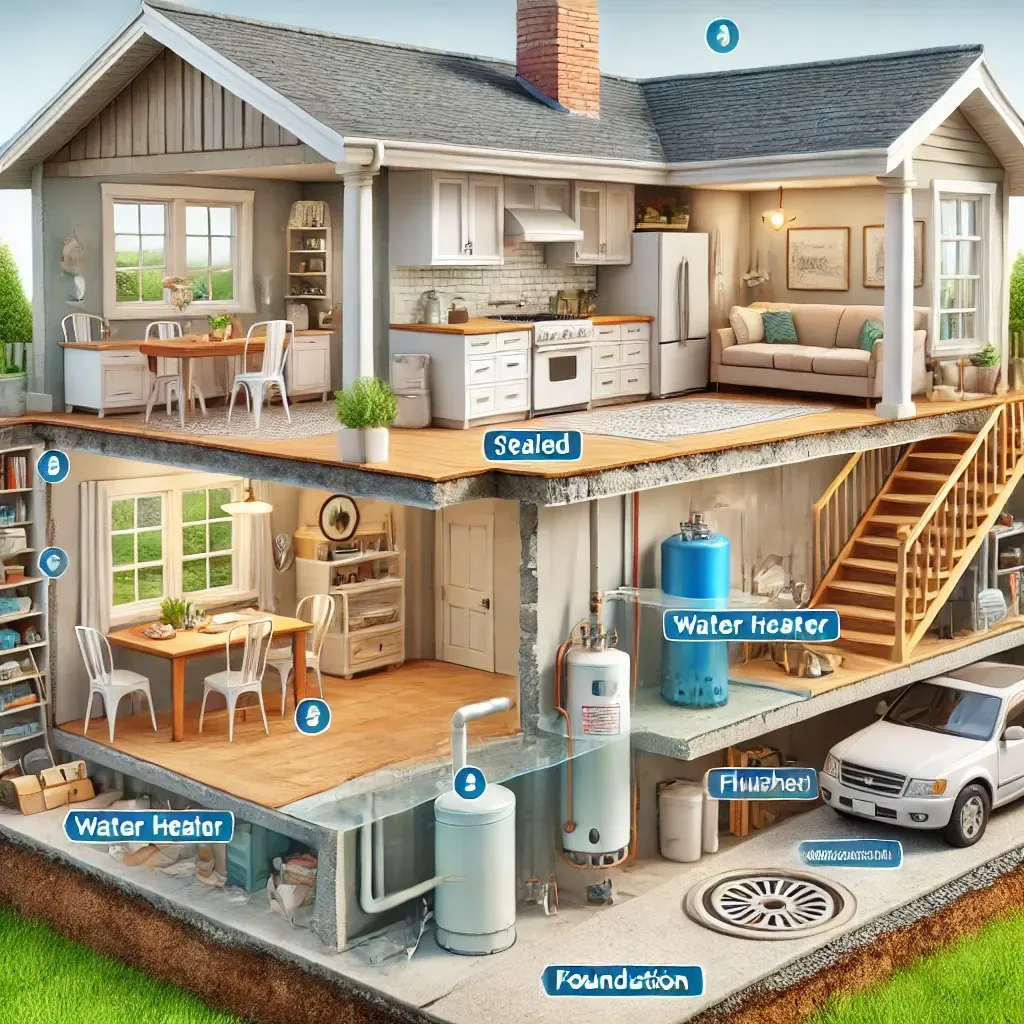With the right strategies and techniques, you can coax new life out of the old and weathered. However, not all surfaces are created equal - what works for concrete may not be suitable for wood, stone, or metal. Understanding the unique characteristics and needs of these materials is essential in the art of pressure washing.
- Concrete: Robust yet porous, concrete can become discolored or damaged by organic growth. Use a pressure cleaner with a gentle setting and a detergent specifically designed for concrete. Following a circular motion, apply the soap and a pressure washer surface cleaner to eliminate the muck.
- Wood: Wood requires a more gentle approach. Opt for lower pressure and use a wide-angle spray tip to prevent surface damage. Regularly moving the nozzle to avoid focusing the stream on one spot will protect the wood's integrity.
- Stone: When cleaning stone surfaces, start with a low-pressure setting, gradually increasing as needed. Keep the nozzle at a consistent distance from the surface to prevent streaking.
- Metal: Metal surfaces can withstand higher pressure but require a careful approach to prevent scratches. Using a broad spray pattern and keeping the nozzle at least two feet away will safeguard the metal's finish.
When asking how to use a pressure washer surface cleaner, remember that it is as important as understanding the surface you're working on. Mastering the art of pressure washing is all about strategy, a deep understanding of surfaces, and an eye for detail.
